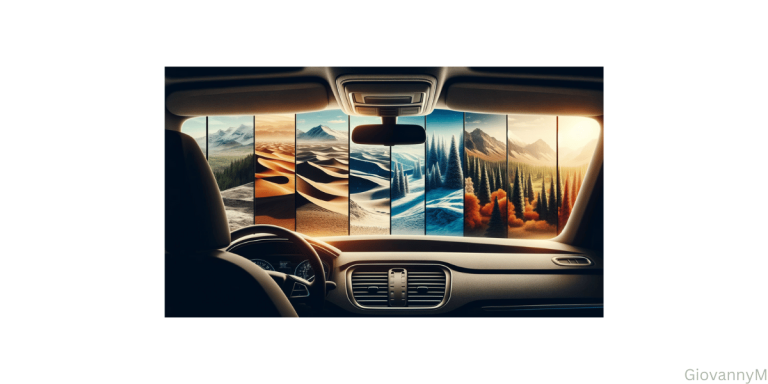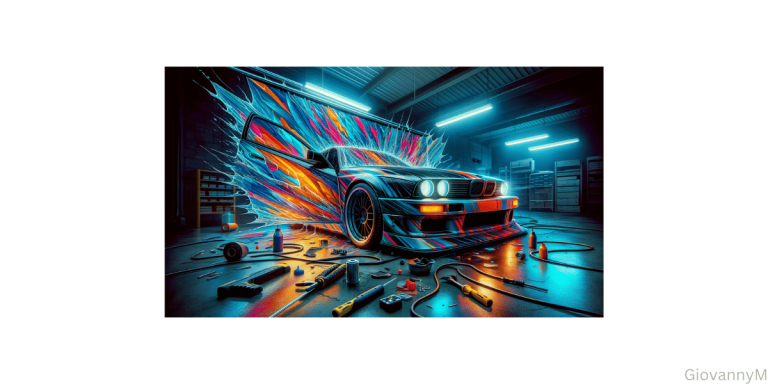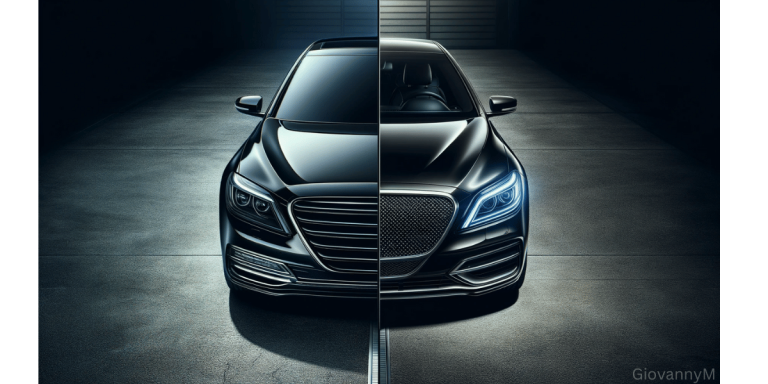10% Tint Best Guide For Cars
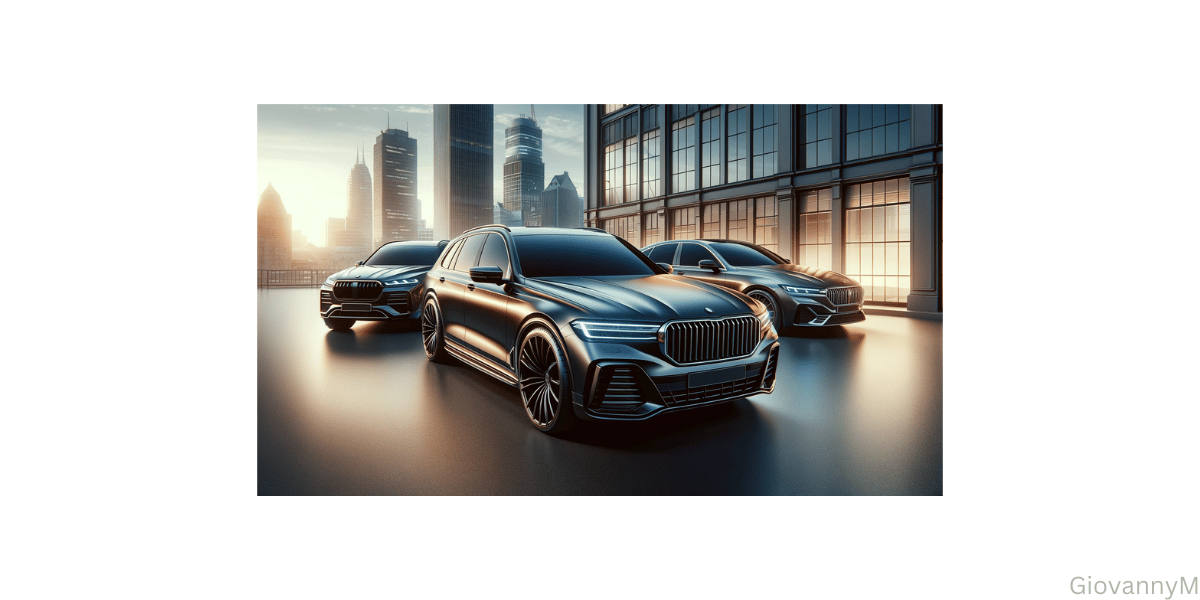
Choosing the right window tint percentages for your car can be a puzzle. With options ranging from limo tint to lighter shades, it’s easy to get lost in the sea of choices. You want your car to look great and feel comfortable, but with so many options, where do you start?
Picking the wrong tint can lead to dissatisfaction. Too dark, and you might struggle with visibility; too light might not provide the privacy or UV protection you desire. It’s not just about the looks – the functionality of your tinted windows is crucial for a pleasant driving experience.
When I first got my car tinted, I aimed for that perfect balance of style and functionality. The 10% tint I chose was a game-changer, striking the right chord between sleek aesthetics and practical use.
This guide is your go-to resource for understanding 10% window tint. As a professional in the field, I’ve seen firsthand how the right tint can transform a car. Not only does it enhance the appearance of your glass, but it also offers practical benefits. Let’s dive into the world of 10% tint and find the perfect balance for your car.
TL;DR:
- Understand different window tint percentages.
- Learn the benefits and drawbacks of 10% tint.
- Discover how to choose the right tint for your car.
- Gain insights from a professional’s experience.
Exploring 10 Percent Window Tint

Customizing your vehicle often involves choosing the right window tint percentages, and 10 percent window tint is a standout option. This level of tint, darker than your standard tinted windows, allows only 10% of visible light to pass through the glass, balancing privacy and visibility. Unlike the near-opaque limo tint, 10 percent tint offers a more subtle darkening, making it a practical choice for many drivers.
It effectively reduces glare and heat, enhancing the driving experience while maintaining a clear view from inside the vehicle. Compared to other tint percentages like 20%, 35%, and 50%, 10% tint offers a significantly darker appearance. This level of tint is ideal for those who prioritize privacy and a sleek car aesthetic while still allowing for safer driving conditions than the near-opaque limo tint
This tint is particularly popular among those who want to add a touch of sophistication to their cars without compromising safety and compliance with tinting laws. With 10 percent tint, you get a sleek, refined look for your car’s windows, making it a smart and stylish choice for customization.
10% Window Tint: Overview

10% window tint is a middle ground in the world of window tinting, offering a balance between visibility and privacy. This level of window tint allows only 10% of visible light to pass through, significantly reducing glare and heat inside the vehicle. Keep in mind that there is other tint percentages.
The 10% tint enhances the vehicle’s appearance and plays a crucial role in reducing glare, making driving more comfortable. It’s particularly effective in blocking harmful UV rays, protecting both the passengers and the car’s interior from sun damage. Additionally, the heat reduction capability of this tint means a cooler and more comfortable interior, especially during hot summer days.
From my experience, it’s a popular choice for drivers who find full limo tint too dark but still want substantial privacy and comfort. It effectively cuts down on the harshness of sunlight, making long drives more pleasant without turning your car into a cave. And while it won’t make your car invisible like some superhero gadget, it adds mystery and coolness to your ride!
Types of Car Window Tint

When it comes to window tint, there’s a variety to choose from, each with its unique benefits. The top five types are:
Dyed Window Tint:
This is the most economical option. It’s great for appearance and privacy but less effective in blocking heat and UV rays.
Metalized Tint:
This type reflects heat using metallic particles in the film. It’s more effective than dyed tint for heat rejection but can interfere with radio and phone signals.
Carbon Window Tint:
Carbon tint provides excellent UV protection and doesn’t fade over time. It’s also efficient in heat rejection.
Ceramic Tint:
Known for its high quality, ceramic tint offers superior UV protection and heat rejection without blocking signals.
Hybrid Tint:
A combination of dyed and metalized tints, hybrid tint offers balanced features from both types.
Each type has its place, depending on your needs and budget. It’s like choosing a superhero team – each member has unique powers, but together they cover all bases!
Benefits of 10% Window Tint
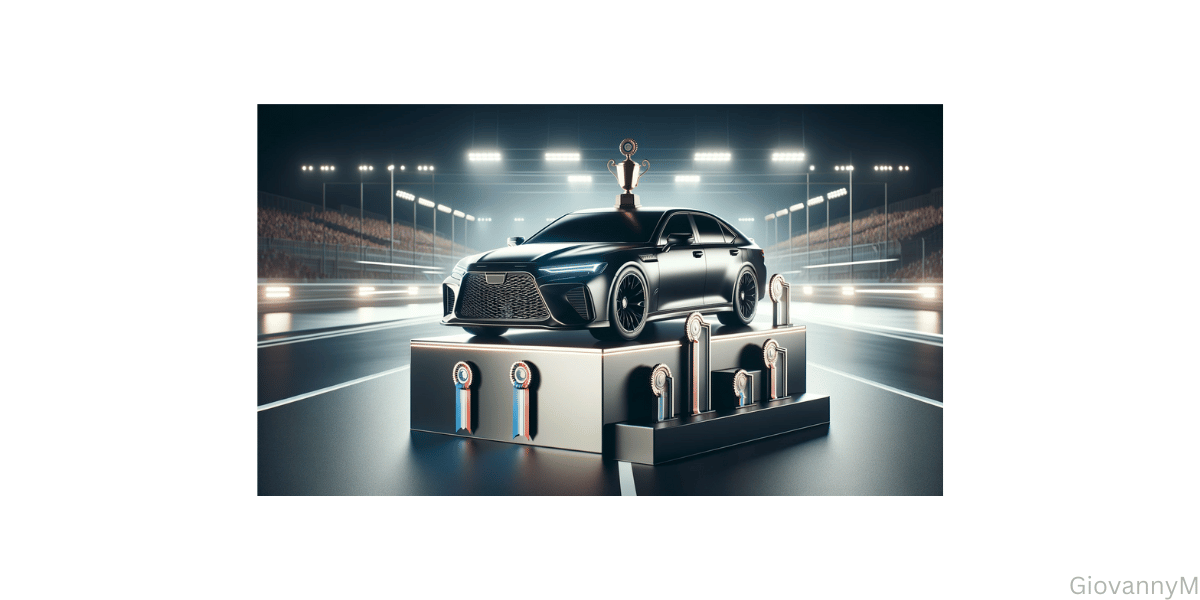
The benefits of 10% window tint are numerous, especially when it comes to balancing visible light, reducing glare, and minimizing heat. This level of tint, while not as dark as black limo tint, still provides substantial protection.
It filters out harsh sunlight, which not only improves driving comfort but also preserves the quality of your car’s interior. I’ve seen cars transform with 10% window tint; they look sleek without sacrificing too much visibility. It’s like your car is wearing a cool hat – stylish yet practical, keeping things chill without going overboard.
Legal Aspects: 10 percent Tint
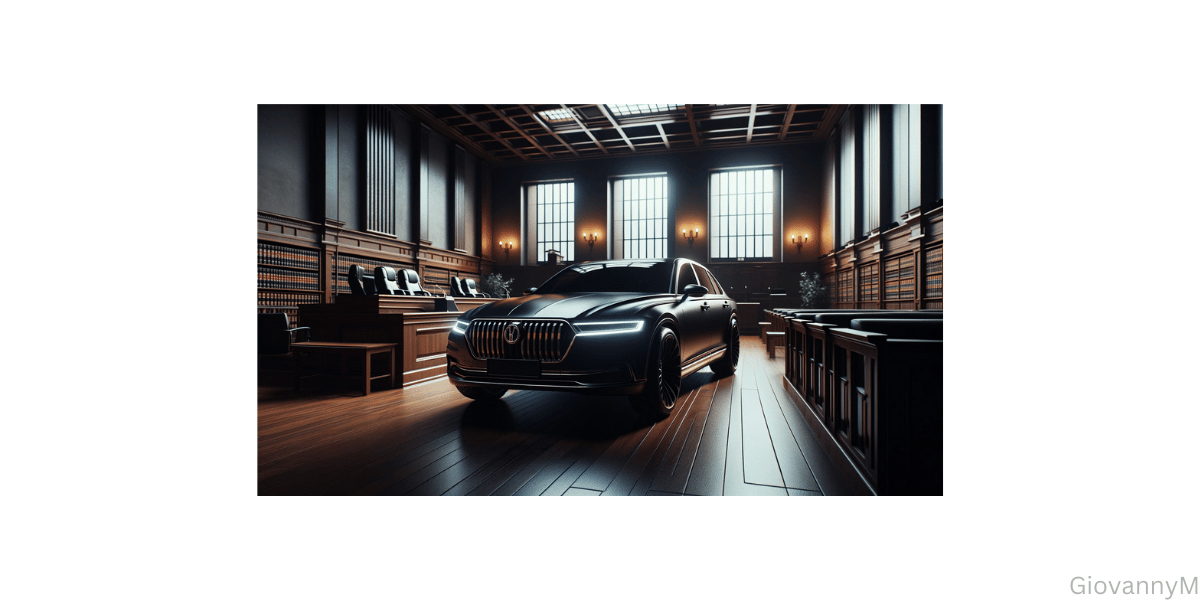
The legal aspects of 10 percent window tint are crucial before selecting this shade for your vehicle. The law can vary by state, with each having specific regulations on the amount of visible light allowed through your car’s windows.
It’s important to note that a window tint law can vary significantly from state to state. In some areas, 10% tint might be perfectly legal, while it could lead to hefty fines in others. I’ve met people who were unaware of their local tinting laws and faced penalties. It’s always best to check the specific legal requirements for window tints in your state to ensure compliance.
It’s not just about picking a quality tint that reduces glare and heat; it’s also about ensuring you’re not driving a rolling ticket magnet. I’ve seen many car enthusiasts surprised by fines due to non-compliant tints. It’s like playing a game where the rules change depending on where you are. To stay safe, always check your state’s laws on window tint. For a comprehensive guide to each state’s regulations, visit Window Tint Laws.
Installation Tips: 10% Window Tint
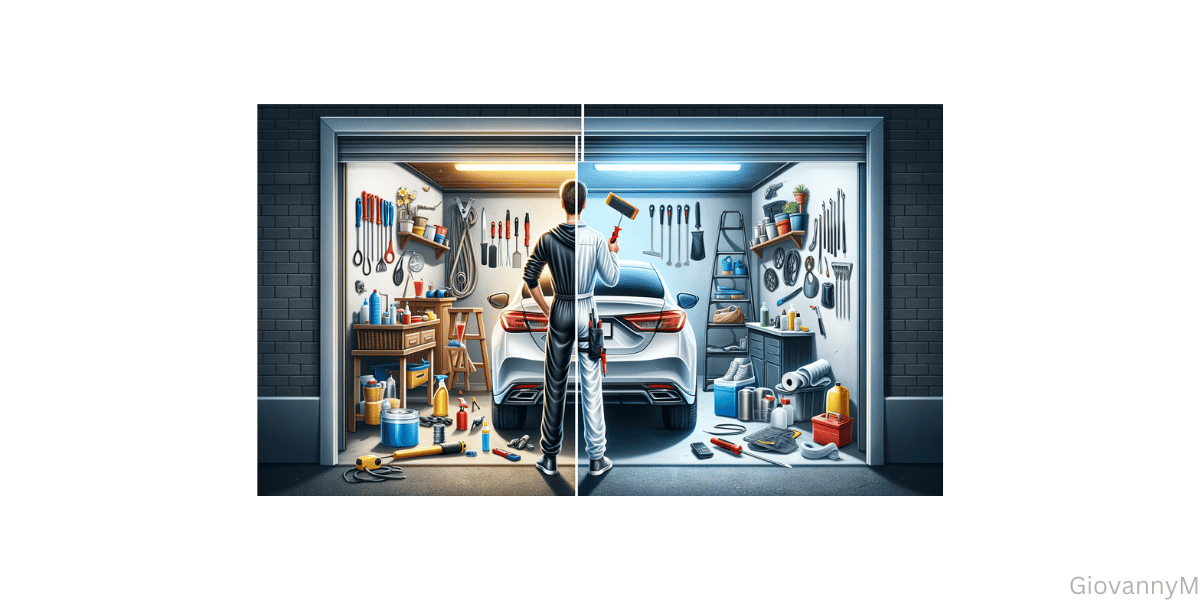
Installing 10% window tint requires precision, especially when tinting side windows and front side windows. The key is to ensure the windows are impeccably clean before starting. Any dirt or residue can cause imperfections.
For those considering DIY installation, it’s crucial to have the right tools at hand, including a quality tint film, squeegee, and precision cutting tools. One common mistake is not cleaning the windows thoroughly before application, leading to bubbles and an uneven finish. After installation, it’s important to allow the tint to cure properly before rolling down the windows.
When I first tried tinting my car, I learned the hard way that patience is more than just a virtue; it’s a necessity. Measure the film carefully, apply it smoothly to avoid bubbles, and trim the edges precisely. Rushing the job can turn your sleek tint into a DIY disaster. It’s like baking a cake – the right ingredients and careful steps produce a sweet result. Consider professional installation to get your windows tinted perfectly for the best outcome.
10% Window Tint Maintenance
Maintaining your 10% window tint is essential to ensure it continues to block out the right amount of light and heat. This type of tint requires regular care to maintain its effectiveness and appearance. Cleaning should be done with a soft cloth and a mild, ammonia-free cleaner.
To maintain the 10% tint, regular cleaning with a soft cloth and a mild, ammonia-free cleaner is recommended. Avoid using abrasive tools or harsh chemicals that can scratch or damage the tint. Over time, if you notice any peeling or bubbling, it’s important to address these issues promptly to prevent further damage.
Harsh chemicals can damage the tint, which means more hassle and potentially re-tinting costs. From my experience, even the smallest scratch can lead to bigger issues, so treat your tinted windows with care. It’s like taking care of a prized possession – a little effort goes a long way. Regular maintenance not only keeps the tint looking good but also continues to provide the privacy and protection you need.
Safety with 10% Window Tint
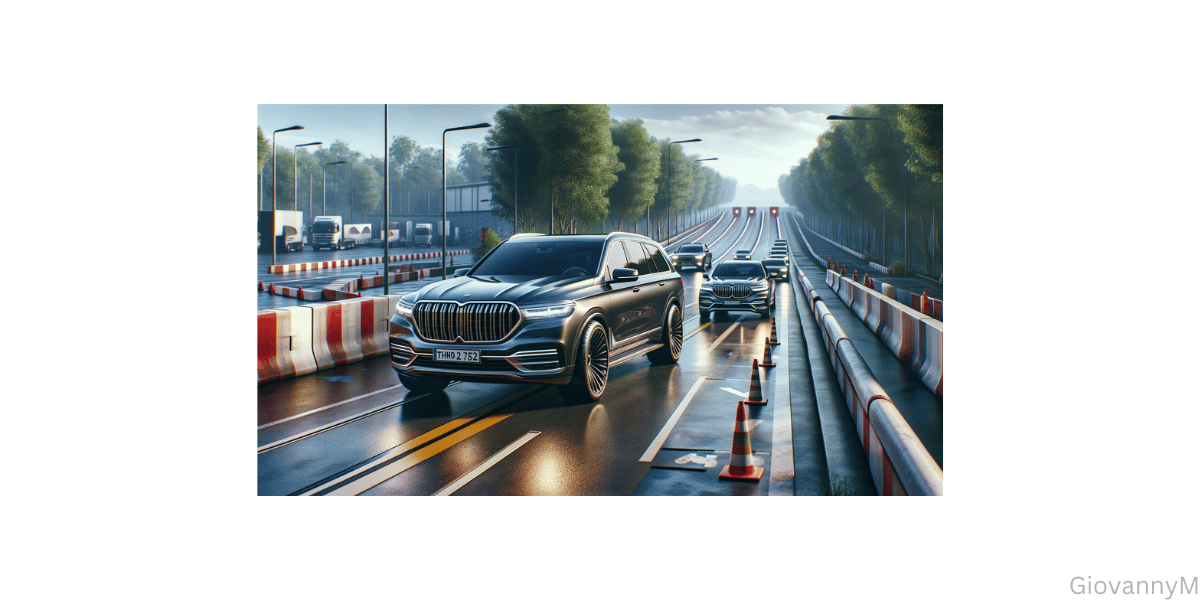
Safety with 10% window tint involves considering how it affects visibility. In most cases, this level of tint on the windshield and side windows can significantly reduce glare from the sun, enhancing driving comfort.
However, it’s crucial to remember that the darker tint can make it more challenging to see in low-light conditions, such as during night driving. I’ve advised friends that while enjoying the benefits of reduced sun glare, they should be extra cautious when driving at night.
It’s like having a superpower against the sun’s rays during the day but needing to switch to night-vision mode after dusk. Always prioritize safety and ensure your tint choice aligns with your driving habits and conditions.
Final Thoughts
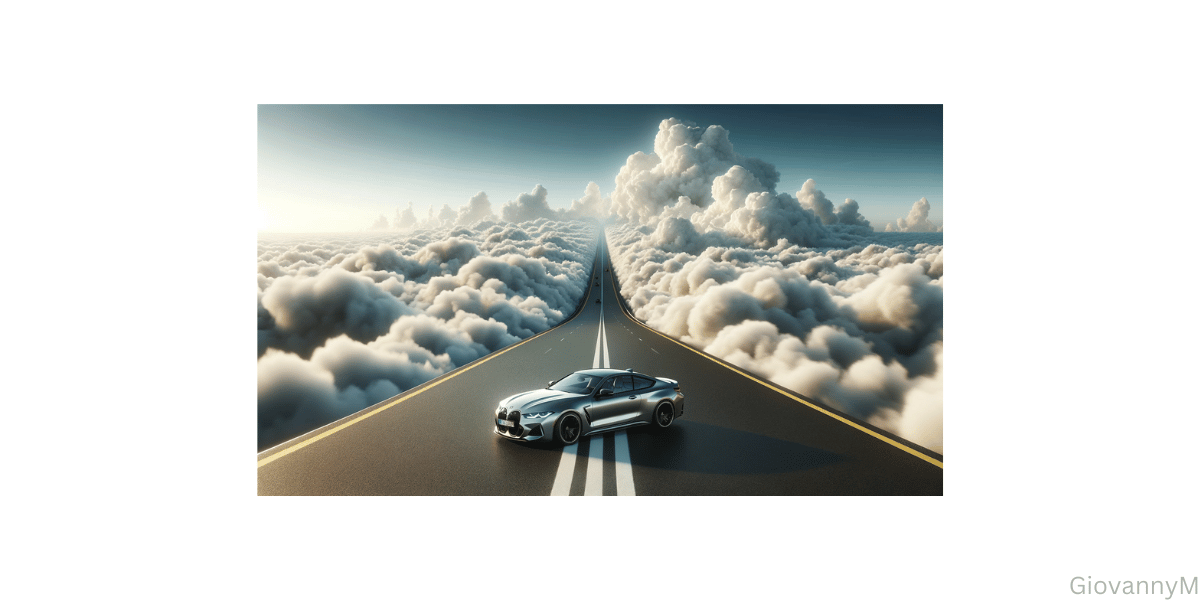
In conclusion, choosing the right window tint, especially 10%, requires careful consideration of various factors. While it offers benefits like reduced glare and enhanced privacy, remember that in most cases, especially for front side windows and the windshield, the tint shouldn’t be too dark for safety reasons. Most states have specific tint regulations to ensure driver visibility isn’t compromised.
From my experience, the key is finding a balance that suits your needs while staying within legal limits. It’s like picking the perfect outfit – it should look good, feel comfortable, and, most importantly, be appropriate for the occasion. Always prioritize safety and legality when selecting your window tint.


